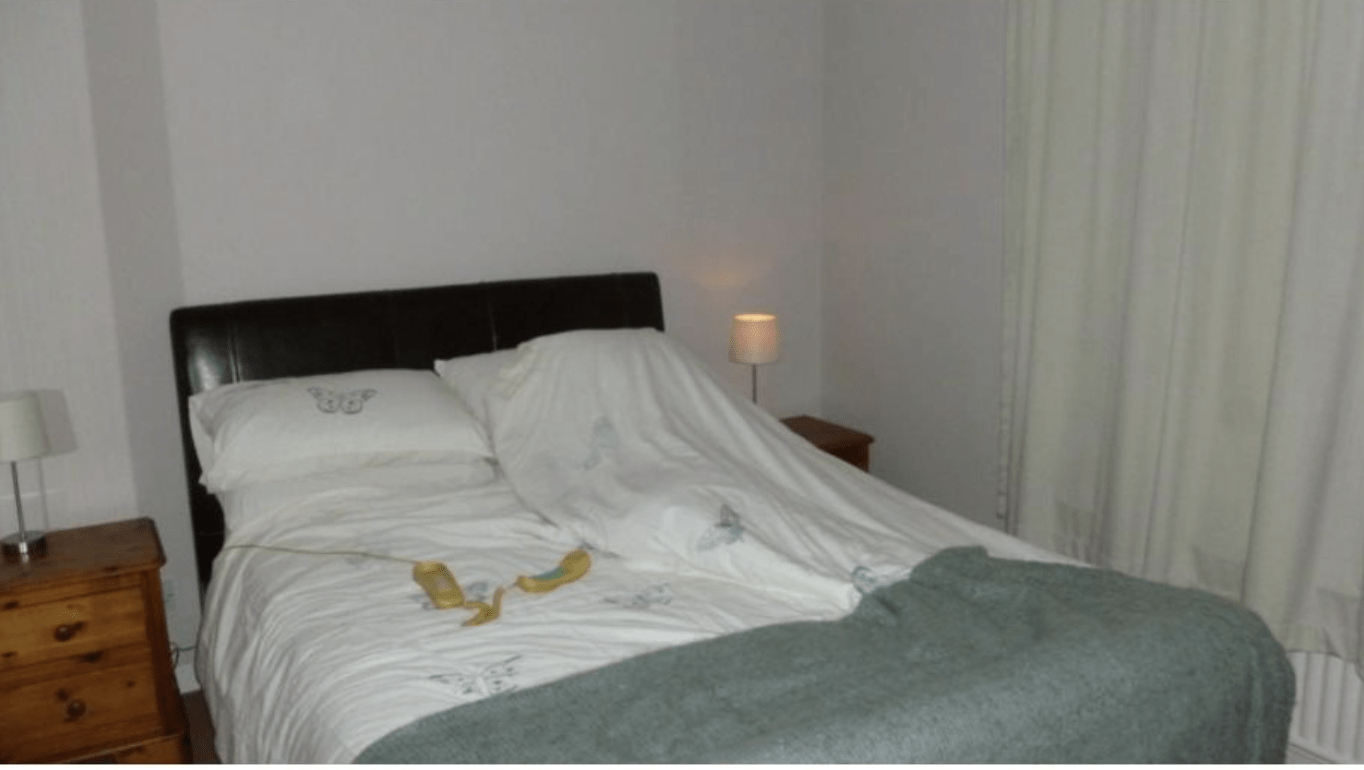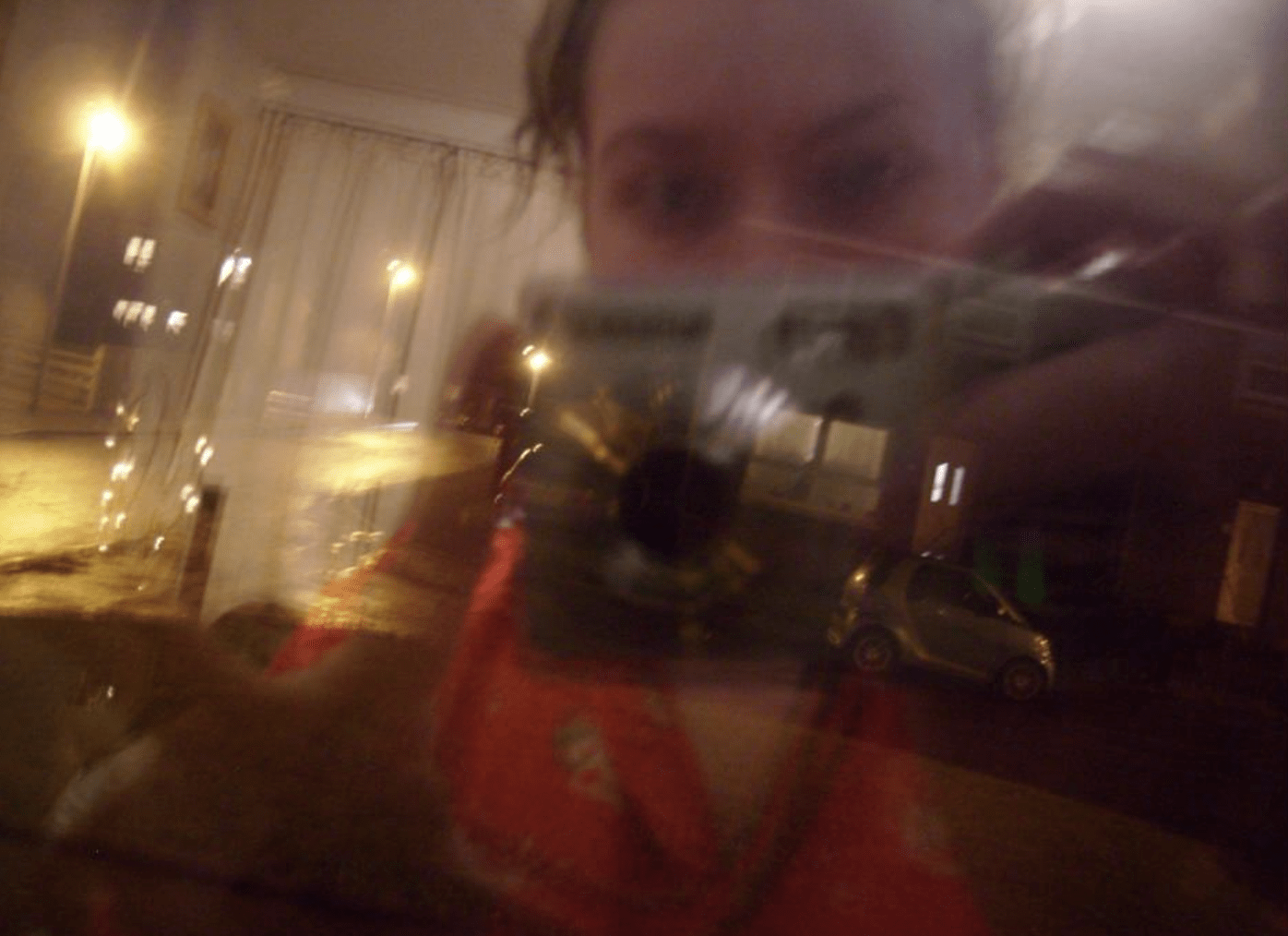By Neil Gibson, PhD
“Sometimes we see sweeping changes in policy and legislation emerging from the voice of the people, but equally as valid are the small steps and changes which occur for participants.”
I came across Therapeutic Photography by accident. I was working at a centre for people seeking asylum in Belgium, and I was asked to do some group work. I love photography, so I asked some potential participants if they would like to document life in the centre using my camera. Each took their turn borrowing my camera and capturing their observations on film. When the images were developed, I was surprised at how positive the images were, how much they focused on hope, and this surprise sat with me years later – why was I surprised? What did I expect the photographs to represent?
Fast forward almost 15 years, when I started to look at the use of photographs as a therapeutic tool for my PhD. I spoke to many people who were using photography as a tool to engage people, to assist communication, and to have fun. All were doing it in a way that worked for each setting, but it was difficult to define how and why it was an effective tool. I dug deeper into the research and found that there were different outcomes (with considerable crossover) including enhancing self-esteem, enhancing self-efficacy, and empowering participants.

For my research, I devised a six-week programme for participants (and facilitators) to follow that encouraged the taking of — and talking about — photographs, with the three distinct goals of having a positive impact on self-esteem, self-efficacy, and empowerment. The first four weeks saw participants exploring the creative ways in which they could express emotions, ways to explore the self that felt safe, abstract ways to investigate relationships, and then become more focused on the external world around them to begin to narrate life stories. The final two weeks of the programme saw the group of participants choose a subject, topic, or issue that was relevant to all of their lives, and explore this using photography: They chose the issue; they photographed the issue; they then shared the images and looked for common themes; and finally they drew learning from the experience. I had crossed into the realm of Photovoice!
Since the early days of these groups, I have learned more about the work of Paulo Freire, and I believe that his writings have influenced how I work with participants. I also quickly became aware of the work of Wang and Burris, and the many, many, research projects and articles that have utlised photovoice as a tool to elicit learning from populations across the globe. I have also contributed to the growing use of photovoice techniques in research, but I always come back to one word: empowerment.

For me, empowerment is very personal. Sometimes we see sweeping changes in policy and legislation emerging from the voice of the people, but equally as valid are the small steps and changes which occur for participants. One of the most powerful experiences for me stemmed from a group of participants with mental health issues who decided to explore the topic, “my safe space”. In the images, there emerged a number of photographs where curtains were closed. Individuals began to speak about these common images to say that when curtains were closed, they were having a bad day – it was like a flag flying in the window saying, “I’m not OK”. The group explored this and decided that if they saw that one of their group had their curtains closed during the day, they would call a particular service in the town and let them know so that someone could make contact to do a wellbeing check. It might not seem like a major change in the lives of these participants, but it was: They identified an issue; they explored it; and they came up with their own solution to it — all because closed curtains had been identified in their collective images.
That, for me, is empowerment.

This underpins the power of using photographs therapeutically. As we learn that we have control over what we photograph — what we say about them, who we show them to, and how we can use creativity as a catalyst for communication — our ability to learn from these images grows. And in answer to my naïve questions which stemmed from the Belgium experience, I was drawing upon my frame of reference about life in the asylum centre and needed to appreciate that using photographs to enhance communication allows valuable insight into somebody else’s frame of reference, and when you are invited in, then you need to be prepared to learn. The centre represented hope, and this is what they told me in their images.
